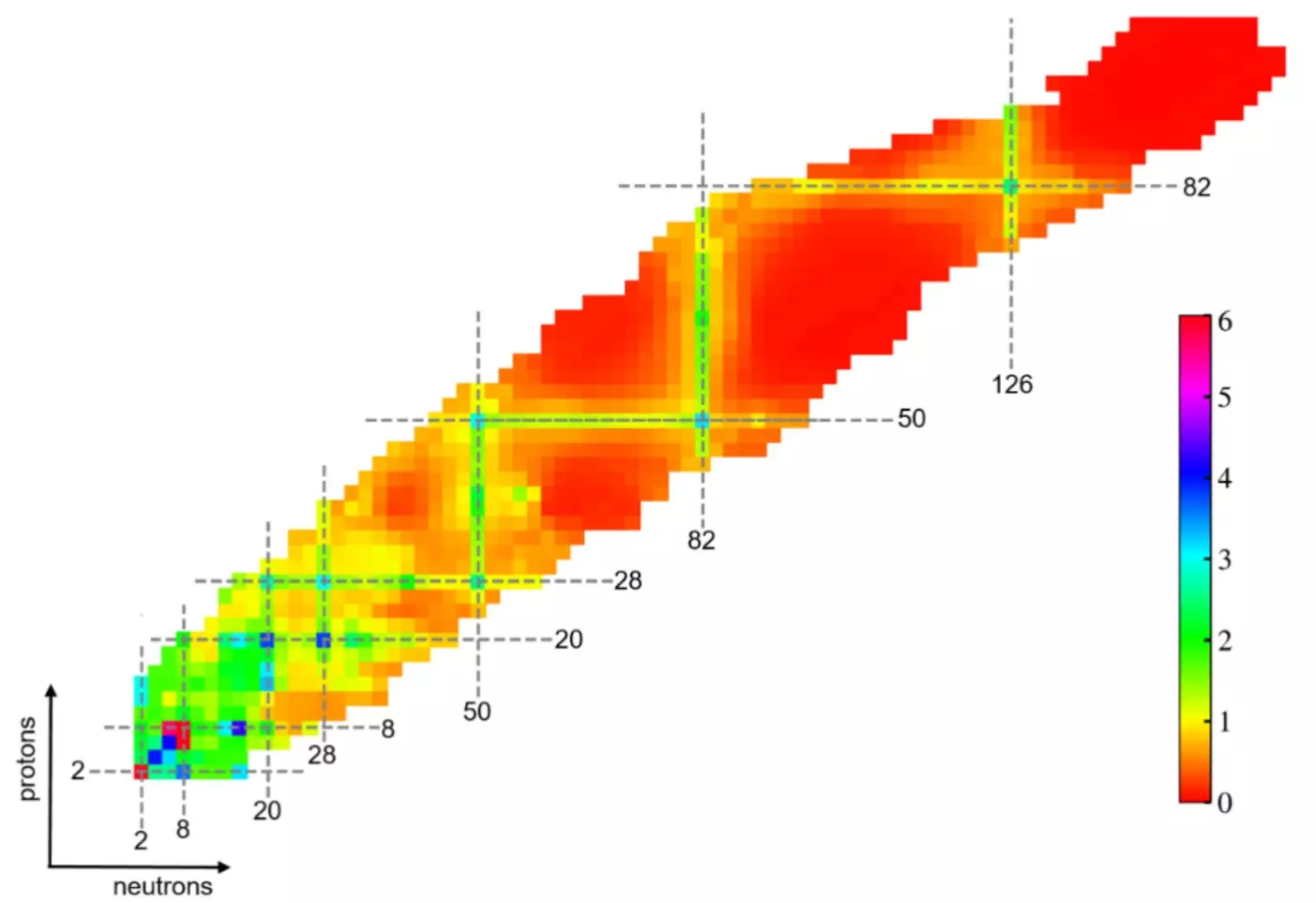The intricate world of atomic nuclei has long fascinated scientists, revealing layers of complexity about the fundamental building blocks of matter. Atomic nuclei comprise protons and neutrons—two particles that wield significant influence over the stability and properties of the atom. Among the many phenomena observed in nuclear physics, “magic numbers” stand out, representing specific quantities of protons or neutrons that correspond to exceptionally stable configurations within the nucleus. Historically, these numbers include 2, 8, 20, 28, 50, 82, and 126, and their discovery has been seen as a testament to the underlying shell structure that dictates nuclear stability.
However, a prevailing question persists: Are these magic numbers inflexible constructs, or do they evolve as we explore nuclei that lie far from the stability line? Recent research conducted by a collaborative team from the Institute of Modern Physics (IMP) in China, Huzhou University, and the University of Paris-Saclay has employed machine learning techniques to probe this very query.
The ambitious study, which was published in the journal Physics Letters B, focused on the double-magic nuclei, namely tin-100 and oxygen-28. The researchers leveraged advanced machine learning algorithms to assess how the shell structure behaves in atypical nuclei—those situated far from stability. By harnessing these modern computational methods, they aimed to achieve a nuanced understanding of the potential shifts in magic numbers, as well as to identify any new emergent properties.
The results of the study provided substantial insight: while the magic number 20 appeared to dissolve in oxygen-28, the traditional magic number 50 retained its strong hold in tin-100. This outcome suggests a more fluid and dynamic nature to magic numbers than previously understood, leading to key implications for the broader landscape of nuclear physics.
A significant aspect of this research was the precision with which it analyzed nuclear properties; the study claimed to exceed the predictive capabilities of existing nuclear models. The machine learning framework utilized took into consideration various characteristics of atomic nuclei, successfully reproducing experimental data concerning low-energy excited states and their corresponding electromagnetic transitions. The notable accuracy achieved marked a substantial advancement in the study of nuclear structure, offering a glimpse into the potential of using machine learning as a powerful tool in this field.
As one of the study’s collaborators, Wang Yongjia from Huzhou University, articulated, the methodology revealed vital correlations that had remained obscured in earlier investigations. The means by which machine learning processes complex data is pivotal—it enables researchers to unearth patterns and trends that would otherwise be difficult to discern with traditional analytical methods.
The ramifications of these findings extend well beyond theoretical physics. The research team’s conclusions pave the way for fresh experimental measurements of low-lying excited energies and electromagnetic transition properties, particularly in the context of rare-isotope facilities. By informing future experiments, such as those at the High Intensity heavy-ion Accelerator Facility in China, this work contributes to a greater understanding of nuclear interactions and structure.
Additionally, the implications of redefining magic numbers and understanding their evolution may hold considerable significance for the field of nuclear astrophysics. As these numbers dictate the stability of certain isotopes, the exploration of their shifting landscape can yield insights into the processes occurring during stellar nucleosynthesis and the lifecycle of stars.
The convergence of nuclear physics and machine learning signifies a transformative era in our approach to understanding atomic nuclei. The findings from the IMP, Huzhou University, and the University of Paris-Saclay not only challenge long-standing beliefs about magic numbers but also illustrate the capability of modern computational techniques to extend our grasp of these fundamental concepts. As the boundaries of nuclear exploration expand, the collaboration between empirical experimentation and machine-based learning will inevitably enrich the tapestry of knowledge that defines the atomic realm.


Leave a Reply